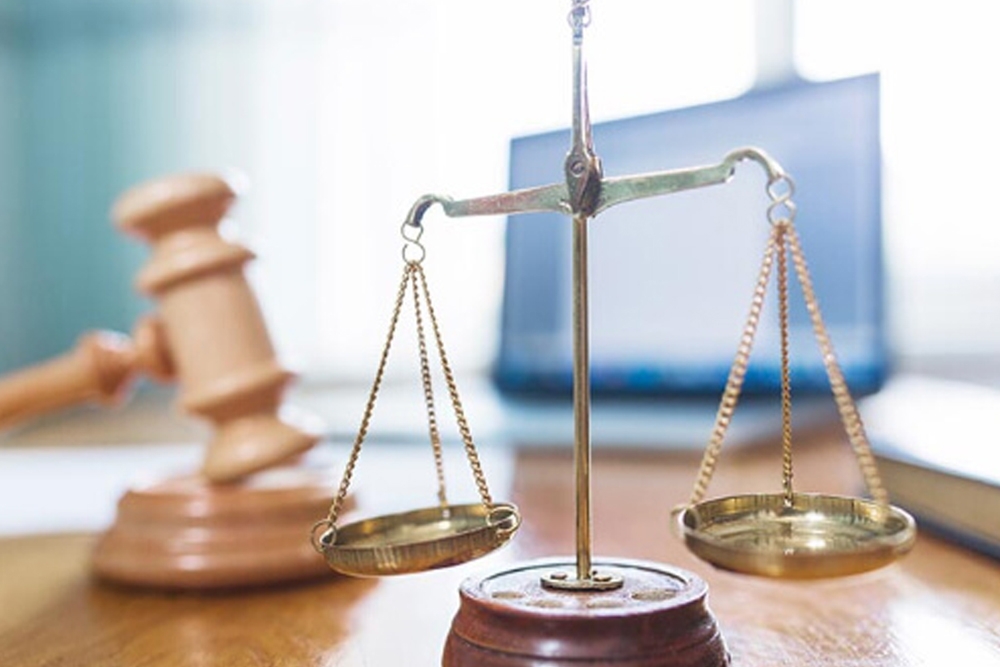Be Careful When Filing a Second Bankruptcy

Even though the bankruptcy rules are very flexible, sometimes it makes sense to dismiss and bankruptcy case and refile later. This is especially true when circumstances change, such as a temporary loss of income.
In order to combat the appearance of “bankruptcy abuse,” Congress enacted new restrictions for repeat filers in 2005. One of those restrictions is found in section 362(c)(3)(A) of the Bankruptcy Code, which limits the the automatic stay to thirty days after filing for a debtor who files a second bankruptcy case within one year of a prior dismissal. Specifically, the law states:
(3) if a single or joint case is filed by or against a debtor who is an individual in a case under chapter 7, 11, or 13, and if a single or joint case of the debtor was pending within the preceding 1-year period but was dismissed, other than a case refiled under a chapter other than chapter 7 after dismissal under section 707(b)–
(A) the stay under subsection (a) with respect to any action taken with respect to a debt or property securing such debt or with respect to any lease shall terminate with respect to the debtor on the 30th day after the filing of the later case[.]
The Bankruptcy Code also provides that a debtor may ask the court to extend the automatic stay, but only if a motion is filed and the matter is heard before the expiration of the thirty day period. Most courts agree that the automatic stay cannot be extended once the thirty day period has expired. After filing the second bankruptcy case, the debtor must quickly file a motion to extend the automatic stay and request a hearing. Otherwise, the period may run and the debtor may lose automatic stay protection.
But some clever attorneys have asked, “what exactly is at risk?”
Like many of the new provisions of the Bankruptcy Code added in 2005, this new law is full of holes and ambiguities. The most glaring in this case is what stay protection terminates “respect to the debtor.” A minority of courts, including the Ninth Circuit Bankruptcy Appellate Panel, interpret what Congress means. These courts say that Congress meant to say that all automatic stay protections are lost at the end of the thirty days. See In re Reswick, 446 B.R. 362 (9th Cir. BAP 2011)
The majority of bankruptcy courts, including a recent decision out of the Northern District of Texas (In re Williford, Bankr. Court, ND Texas, 2013), interpret what Congress actually says. What the statute says is that the stay terminates with respect to the debtor, meaning the debtor and the debtor’s exempt property. Under this interpretation, the automatic stay is not terminated as to the debtor’s property that is part of the bankruptcy estate.
Bankruptcy law can be very convoluted. You need the assistance of an experienced bankruptcy attorney to guide you through the law, rules, caselaw, and political leanings of the judge.
